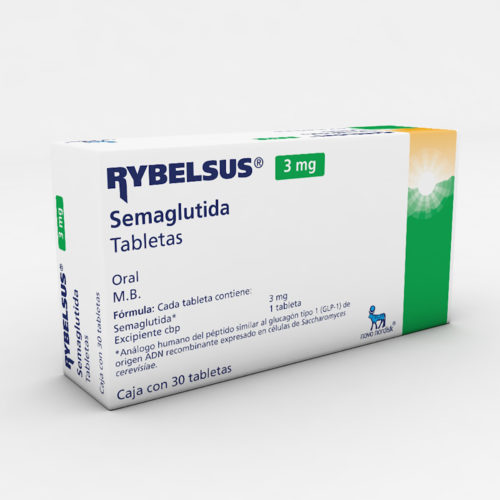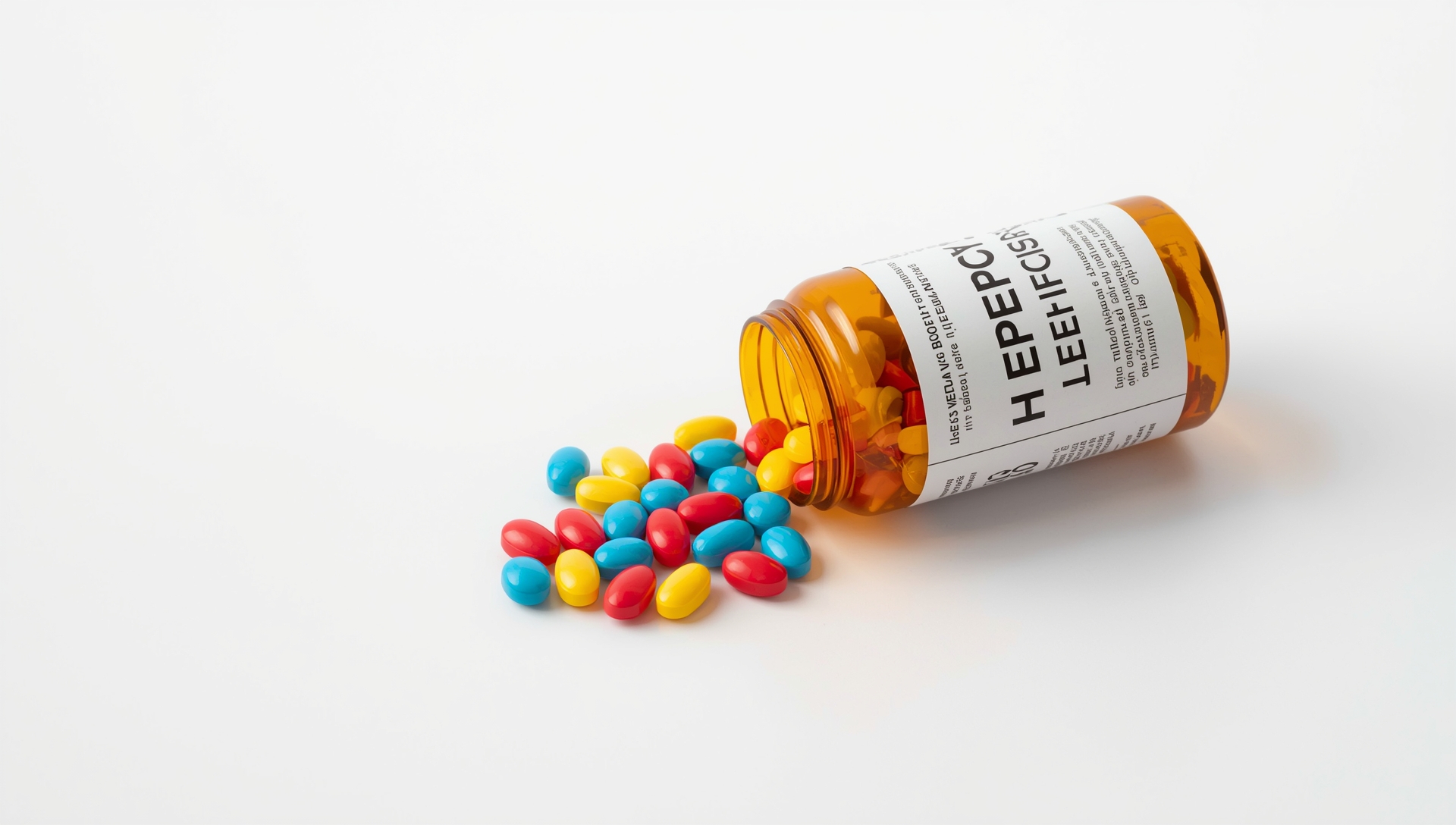
Switching from Ozempic to Rybelsus: How to Maintain the Same Benefits
Managing diabetes can be a challenging and complex task. Many individuals with diabetes rely on medication to help control their blood sugar levels and prevent complications. However, sometimes a change in medication is necessary, such as switching from Ozempic to Rybelsus. Both of these medications are used to treat type 2 diabetes, but they have different methods of delivery and dosing regimens.
If you have been prescribed Ozempic and are considering switching to Rybelsus, it is important to understand the differences between the two medications, as well as how to make the switch successfully while maintaining the same benefits. In this article, we will explore the key differences between Ozempic and Rybelsus, why a switch may be necessary, and how to make the transition as smooth as possible.
Understanding the nuances of your diabetes management and medication options is paramount to achieving optimal health outcomes. We are here to provide you with the knowledge and support needed to navigate this transition effectively and ensure your continued well-being in the management of your diabetes.
Understanding Ozempic and Rybelsus
Ozempic and Rybelsus are both medications used to treat type 2 diabetes. Ozempic is a glucagon-like peptide-1 (GLP-1) receptor agonist that is injected once a week. It works by increasing insulin secretion and reducing glucagon secretion, which helps to lower blood sugar levels. It also helps to slow down the rate at which food leaves the stomach, which can help to reduce appetite and aid in weight loss.
Rybelsus, on the other hand, is an oral medication that is taken once a day. It is also a GLP-1 receptor agonist, but it works slightly differently than Ozempic. When Rybelsus is taken, it dissolves in the stomach and stimulates the release of insulin. It also slows down the rate at which food leaves the stomach, which can help to reduce appetite and aid in weight loss.
Ozempic is categorized as a glucagon-like peptide-1 (GLP-1) receptor agonist, administered through a once-weekly injection. Its mechanism of action involves increasing insulin secretion while simultaneously reducing glucagon secretion, contributing to the lowering of blood sugar levels. Additionally, Ozempic slows down the rate at which food leaves the stomach, which can have the dual benefits of reducing appetite and assisting in weight loss.
Conversely, Rybelsus is an oral medication taken once daily. Like Ozempic, it is also classified as a GLP-1 receptor agonist. However, Rybelsus operates differently by dissolving in the stomach and subsequently stimulating the release of insulin. Similar to Ozempic, Rybelsus also has the capacity to slow down the gastric emptying rate, potentially curbing appetite and facilitating weight loss.
The choice between Ozempic and Rybelsus hinges on various factors, including individual patient preferences, adherence to treatment, and specific healthcare recommendations. Your healthcare provider will assess your unique medical profile and lifestyle to determine which medication is the most suitable for your diabetes management.
Both medications have shown promise in effectively managing type 2 diabetes, and your healthcare provider will guide you in selecting the one that aligns best with your needs and goals. Understanding these nuances empowers you to make informed decisions about your diabetes treatment plan.
Why Switch from Ozempic to Rybelsus?
There are several reasons why a healthcare provider may recommend switching from Ozempic to Rybelsus. One reason may be that the individual has difficulty with injections or needle phobia. Rybelsus offers an alternative method of delivery, as it is taken orally. Another reason may be that the individual is not achieving adequate blood sugar control with Ozempic or is experiencing side effects. In these cases, switching to Rybelsus may be an appropriate option.
The decision to switch from Ozempic to Rybelsus may arise from various considerations, each tailored to an individual’s unique health circumstances and preferences.
-
Injection Challenges or Needle Phobia: For some individuals, the prospect of injections or a needle-related phobia can pose significant challenges in medication administration. In such cases, Rybelsus presents an appealing alternative, as it is taken orally, offering a convenient and needle-free method of delivery.
-
Inadequate Blood Sugar Control: Achieving optimal blood sugar control is a primary goal in diabetes management. In instances where an individual is not attaining the desired level of blood sugar control with Ozempic, healthcare providers may explore alternative treatment options, including a switch to Rybelsus. Each medication has its own unique profile, and the effectiveness of one over the other can vary from person to person.
-
Side Effects or Tolerance Issues: While Ozempic and Rybelsus are generally well-tolerated, some individuals may experience side effects or have difficulty tolerating one medication but not the other. In such cases, a healthcare provider may recommend switching to Rybelsus to alleviate these concerns and improve overall treatment adherence.
The decision to transition between medications should always be made in consultation with a qualified healthcare provider. They will assess your individual health status, treatment goals, and any specific challenges you may be facing to determine the most appropriate course of action. Harness the power of Ozempic and Rybelsus in your quest to research markets. These breakthrough treatments can provide invaluable insights and transform your strategy. Diabetes management is highly personalized, and the goal is to optimize your well-being while minimizing any potential barriers or side effects associated with your treatment.
Switching from Ozempic to Rybelsus: Step-by-Step Guide
If you have been prescribed Ozempic and your healthcare provider has recommended switching to Rybelsus, here are the steps you can take to make the transition as smooth as possible.
Step 1: Talk to Your Healthcare Provider The first step in switching from Ozempic to Rybelsus is to talk to your healthcare provider. They can help determine whether Rybelsus is a good option for you and provide guidance on how to make the switch. They may also need to adjust your dosage or monitor your blood sugar levels more closely during the transition.
Step 2: Understand the Dosage Regimen Ozempic is typically taken once a week, while Rybelsus is taken once a day. It is important to understand the dosing regimen for Rybelsus and how to take it properly. Rybelsus should be taken with a glass of water at least 30 minutes before your first meal of the day. You should not crush, chew, or break the tablet, as this can affect how the medication is absorbed.
Step 3: Determine When to Start Rybelsus Your healthcare provider will provide guidance on when to start taking Rybelsus. In some cases, they may recommend that you stop taking Ozempic for a period of time before starting Rybelsus.
Discover a healthier you with effective weight loss pills and treatments. Elevate your journey at a food event, balancing wellness and culinary delights. Embrace a lifestyle that fuels vitality and satisfies your taste buds!


